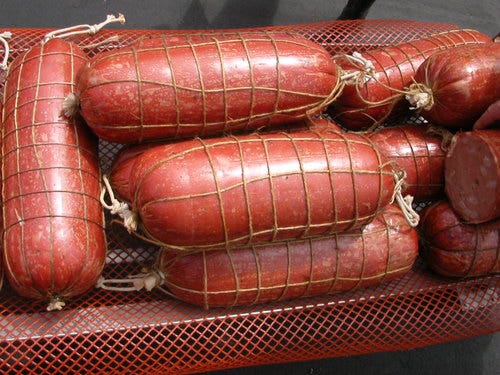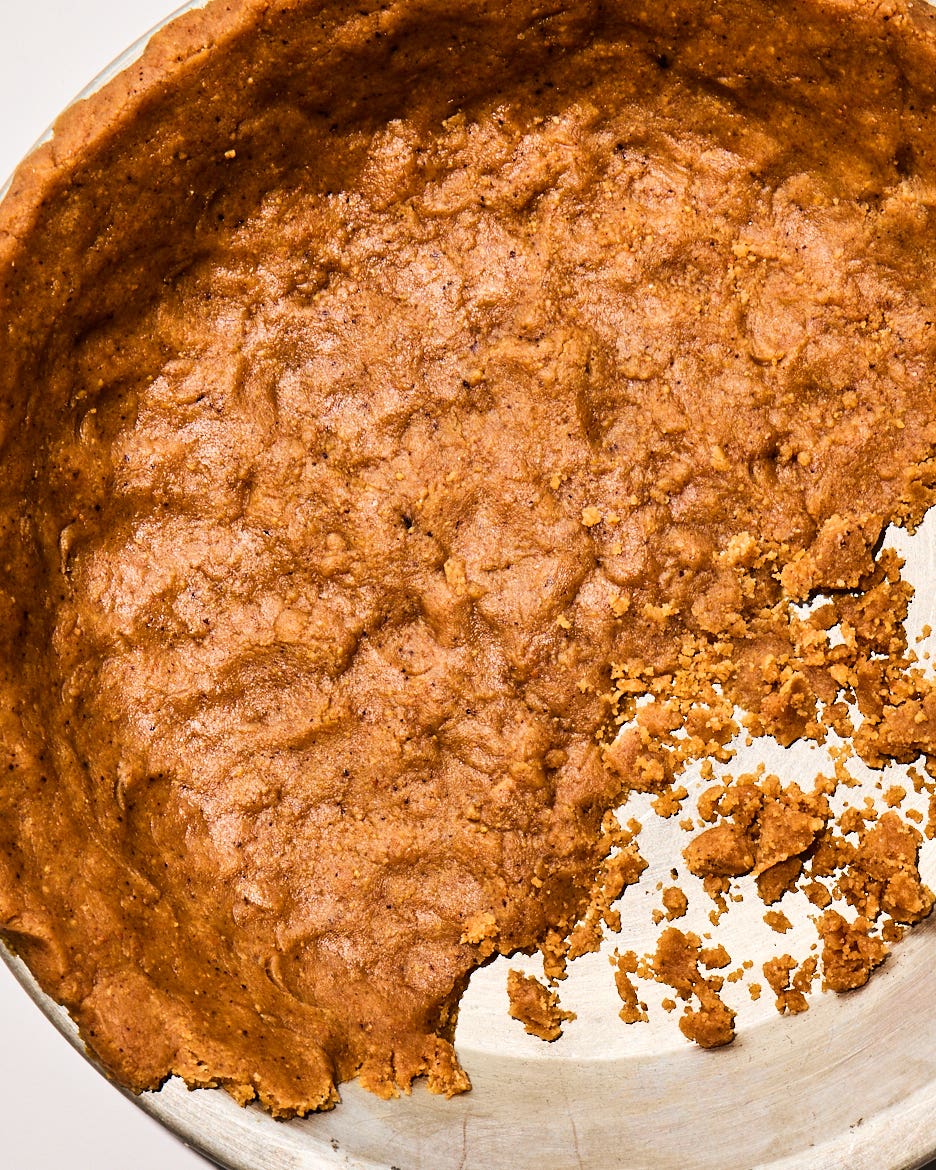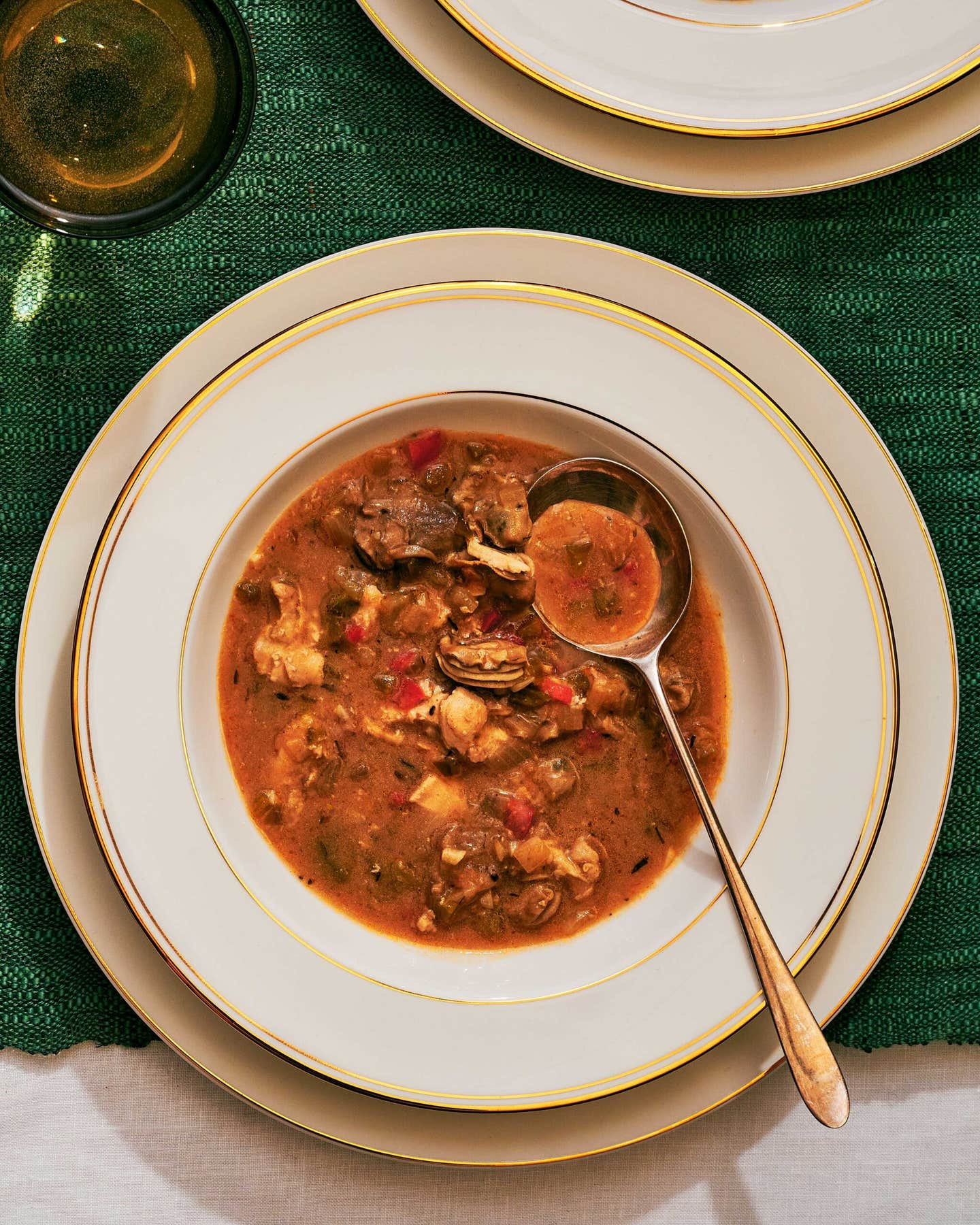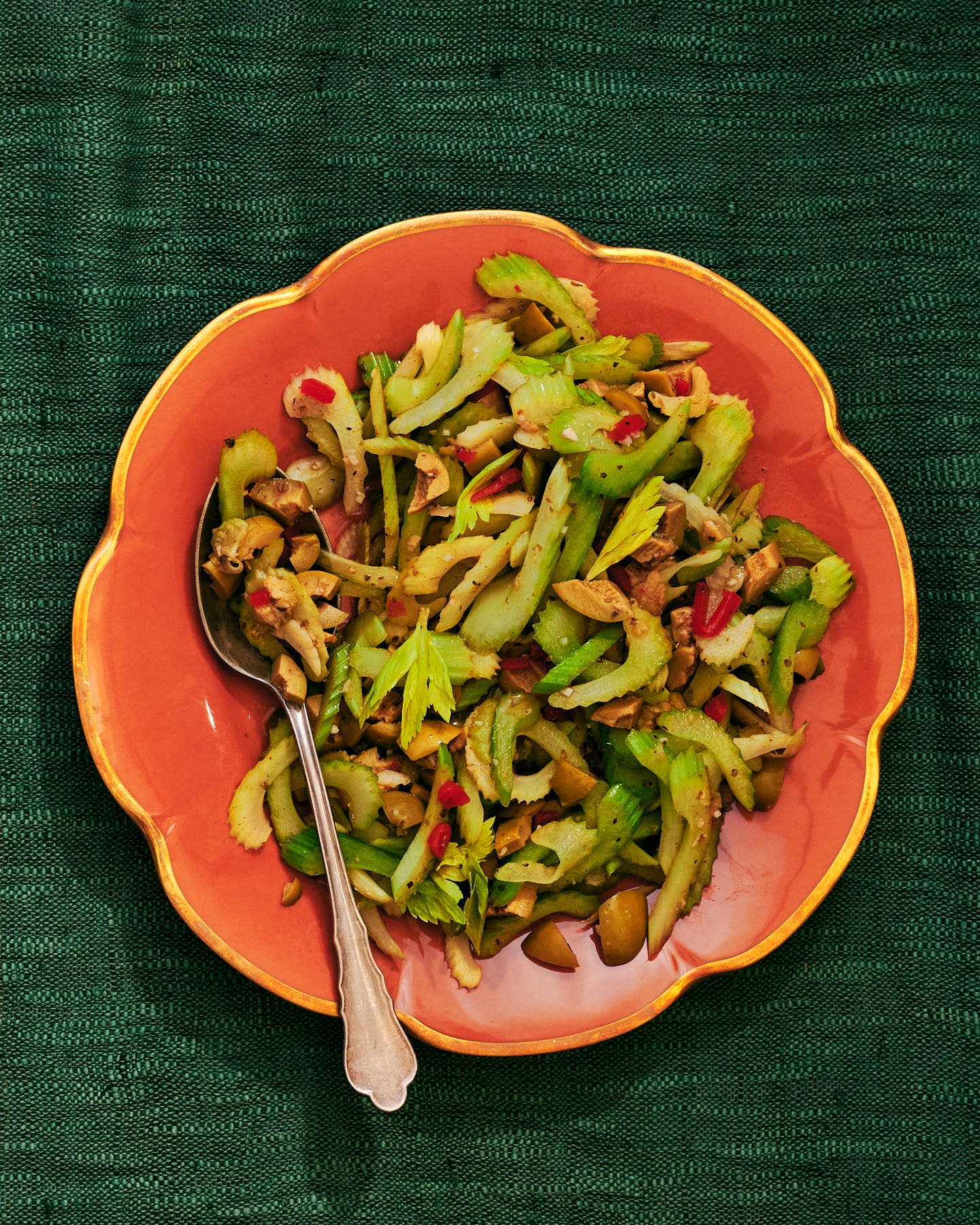
Finding Mortadella
Is there a luncheon meat more maligned in the public imagination than bologna? Even in New York, where high-low edible mash ups are practically de rigueur (seriously, we have an artisanal mayonnaise shop here), bologna has largely escaped a makeover. While other cafeteria-era favorites have been gussied up and repackaged as hip, bologna remains at the bottom of the totem pole, ignored in favor of artisanal pastrami and gourmet hot dogs. Maybe it's because of this American prejudice, but I've never been able to understand what makes mortadella—bologna's Italian cousin—anything special. That is, until I visited Emilia-Romagna.
Emilia-Romagna's capital city, Bologna—affectionately nicknamed _la grassa ("_the fat") is the birthplace of mortadella, an emulsified pork sausage dotted with squares of solid fat, whole peppercorns, and pistachios, that predates American bologna (which takes its name from the city) by about two thousand years. Mortadella is an artisanal product under PGI (Protected Geographical Indication) designation; it's enjoyed daily by legions of Italians, and it suffers none of the lowbrow connotations that plague its American counterpart. I was excited by the prospect of visiting a town that takes its cold cuts seriously, and I soon learned that mortadella's history is as rich as its taste.
In Bologna's Archeology Museum, there is an ancient Roman funeral pyre depicting men grinding a pig into paste with a mortar and pestle. It's not as morbid as it sounds—the carving is crude, at best—but the people of Bologna love to point out that they've been making the best sausage since antiquity. The Guild of Sausage Makers was established in 1376, and its cousin, the Confraternity of Pork Brothers, was recognized by Pope Paul V in 1615. Bolognese butchers were required to stamp their mortadella with a special seal depicting a cup filled with salt.
Many of those butcher shops still stand today, run by families who've been encasing meat for generations; some were founding members of the Guild. They know what they're doing. I, however, didn't, so I asked David Simoni, the third-generation co-owner of Simoni Butcher Shop, to show me how mortadella is made. He couldn't take me to their top-secret meat-mixing lab lab on the outskirts of town, but he did offer to show me a grainy, lo-fi video of sausage production—how the sausage gets made, as it were.
Mortadella is 70 percent lean pork (usually shoulder), minced and whipped into a fine paste with salt, pepper and myrtle berry, then gently combined with chunks of pure pig fat. ("It looks like pink ice cream!" exclaimed Simoni as we watched the camera zoom in on the churning pork mix.) The paste, with square fat chunks left intact, is pumped into casing and tied off, then wrapped strategically with white string to help it cook evenly. The string-tying is an art in itself: "When I was learning to tie, my mother found oranges wrapped in string," Simoni said sheepishly. The bulky tubes are hung, steamed, then rinsed with cold water before they're ready, a process that takes about three days.
Mortadella comes in many shapes, from softball-sized balls ideal for smuggling past customs officials to hulking, meter-long logs, big enough to knock a baritone clean out. In Emilia-Romagna, the sausage is served at any and all times, as a snack or on a platter, in paper-thin slices on crostini or bite-sized chunks in a bowl, or even whipped with ricotta to make a spreadable mortadella mousse. "I've never met anyone from Bologna who didn't like mortadella," shrugged Alessandro Tamburini, whose family-run grocery has been in the same corner in Bologna since 1932. It's easy for even an outsider to see why: salty and smooth, with a distinct porky aroma, the sausage is almost compulsively snackable.
And while Bolognans are undeniably proud of their product, they don't fetishize it: mortadella is just a fact, simple and true. Butchers and residents were bemused by my interest in the stuff, answering factual questions but were at a loss to articulate whether mortadella meant something more. I tried to explain where bologna lies in the collective food consciousness back home, but they waved my anecdotes off. "Mortadella is not bologna," said one Italian historian I asked about the depiction of the funeral pyre. "Why do Americans always want to compare what you have to others?" she scoffed. "You are in Bologna now, and mortadella is what matters."
Keep Reading
Continue to Next Story










